

[Travel Series] Finding the lost port of Muziris
As the train chugged in the still of the night, bringing me closer to Kerala, I stayed up, reading about the historic spice routes that connected the ancient port of Muziris to the rest of the world. My heart leapt with excitement at Pliny the Elder’s description, “They sail thence with the wind Hippalus in forty days to the First Emporium of India, Muziris.” To think that thousands of years ago, the Egyptians would take advantage of the South West Monsoon winds (Hippalus) to reach Kerala from across the world! There are descriptions in Tamil literature of how foreign ships would arrive at ‘prosperous and beautiful Muchiri’, while ‘beating the white foams’ of the Periyar River. My dreams that night were filled with spice scented winds, with the excited bargaining of Egyptian, Greek and Arab merchants, and with visions of giant ships laden with indigo, cinnamon, cardamom and ‘black gold’ or pepper. I could barely wait to see the lost Muziris port for myself.
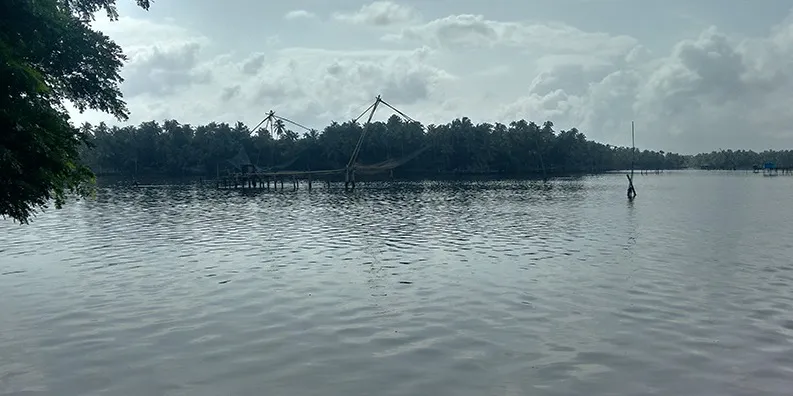
Figure 1 Chinese Fishing Nets on the River Periyar
The Muziris Heritage Project
As my journey through Kerala progressed and I got closer to Cochin, from where I was to begin my Muziris adventure, I did some more research about the history of the region. The port of Muziris was situated on the banks of River Periyar, and saw flourishing trade for hundreds of years, till a terrible flood in AD 1341 washed it away. Archaeological findings in recent times indicate that the lost port could be at Pattanam, in North Parur, close to Kodungallur and Cochin.
In 2008, recognizing the need to preserve the heritage of the North Parur-Kodungallur region, the government initiated the Muziris Heritage Project. Today, the project is spread over 150 sq km, includes many museums and sites of historical significance, and follows an integrated conservation approach. In the words of Benny Kuriakose, the conservation consultant of the project, such an approach involves the local community, adheres to the international guidelines of conservation, and is about “heritage as a whole—a notebook, a letter or a piece of furniture, interviews with local people to understand their way of life.”
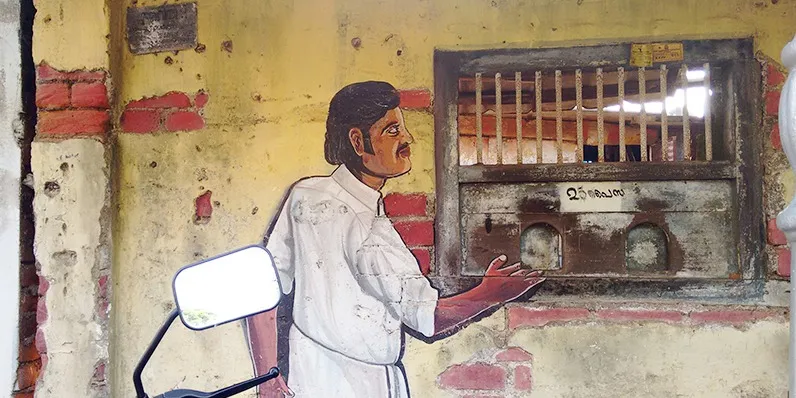
Figure 2 Street Art at the Kottapuram Market
During the turn of the first millennium, Muziris not only became the first port of call for traders, but it also served as a gateway for various religions to enter India. Across towns in the country, it is easy to visit temples, mosques and churches. You will be hard pressed, though, to find places of worship with such deep history, in such close vicinity of each other. My journey through the area allowed me to have varied experiences – from gaining a glimpse into the life of the ancient Jews who called India home, praying at the oldest mosque in the country, witnessing the haggling of the wholesale merchants in the Kottapuram market, wandering through the remains of an ancient seminary that nature has now claimed as its own, to shuttling along in tiny local buses and criss-crossing the Periyar on a ferry. I came to appreciate that how, indeed, the Muziris Heritage project captures the living history of the region, and more importantly, how diverse religions can not only coexist but also support each other.
The Marthoma Pontifical Shrine and the Dawn of Christianity
St. Thomas, (Mar Thoma in Syriac), one of the Twelve Apostles of Jesus Christ, is said to have landed at Kodungallur in AD 52. It was here that he founded the first of the several churches that he established in Kerala, making Kodangallur the birthplace of Christianity in India. Today, the graceful Marthoma church at Azhikode preserves a relic, the bone from St. Thomas’ arm, and draws pilgrims from all faiths.
The Holy Cross Church at Chendamangalam is yet another church with a remarkable history. St. Francis Xavier, considered to be one of the greatest Christian missionaries, and the ‘Apostle of the Indies’, is said to have lived in the building here. There is also a cemetery and the protected remains of the ancient Vaipikotta seminary close to the church. The story goes that ancient Chendamangalam had a temple, a mosque and synagogue built around the palace atop a hill which served as a model for secular Kerala. Both Chendamangalam and Azhikode are must-visits when planning your itinerary.
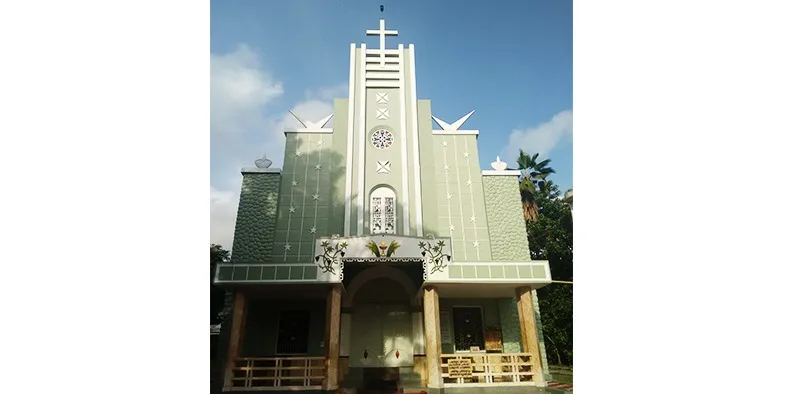
Figure 3 The Holy Cross Church at Chendamangalam
The Cheraman Juma Masjid and Arrival of Islam
The first mosque in India, and one of the oldest in the world, the Cheraman Juma Masjid was built in AD 629. Legend has it that the King of Kerala, Cheraman Perumal, dreamt of a new moon split in half. On being told by travelling Arab traders that his dream was about a miracle performed by the Prophet, Perumal abdicated his throne and travelled to Mecca where he not only met the Prophet but also embraced Islam. His companions carried back the message of Islam to India, on his behest, and the first mosque was established in the then capital city of Kerala, Kodungallur. Today, people from all religions come to pray at the mosque, with the lamp within being fed by oil brought by devotees from all religions and parts of India.
There is an Islamic History Museum in the complex of the mosque, that brings to life the history of Islam in Kerala through exhibits and information panels.

Figure 4 The Entrance to the Cheruman Perumal Mosque
The Life and Times of the Indian Jews
Over the years, several Jewish communities, fleeing persecution, have arrived at the shores of India. Records show Jewish settlers arrived in Crangonore (modern day Kodungallur) as far back as AD 70, after the siege of Jerusalem – resulting in Kodungallur becoming a ‘substitute Jerusalem in India’. The Hindu kings of the region granted the Jews the right to live freely, to build synagogues and own property. Kerala is dotted with synagogues, most now in disuse, as many Jews migrated to Israel, on its formation. One of the oldest such synagogues is the one in Paruvar, that now functions as a Kerala Jews History museum. It traces the rise and eventual dwindling of the Jewish community in this part of the world. Additionally, a must visit is the Chendamangalam synagogue, now converted into the Kerala Jews Lifestyle Museum. Here you will find information on subjects as diverse as Hebrew printing, Jewish homes, ‘kosher’ food, and the symbolic significance of light for the community. At the entrance of the museum, on the right, one can see a tombstone of a Jewish woman from 1264 AD.
If you base yourself or travel through Kochi, you will likely visit the Pardesi synagogue in Mattancherry, the oldest synagogue in the Commonwealth, where prayers are still offered. A tour of the Jewish museums will further enrichen your understanding of the Jewish history and culture in India.

Figure 5 The Interiors of the Chendamangalam Synagogue
The Rituals at the Bhagavathy Amman Temple
From the Jews, let’s move to the Hindus of the region. According to legend, the demon Darika was granted a boon by Lord Brahma that he could not be killed by any man. Secure in his immortality, he unleashed a reign of terror on the world. Lord Shiva opened his third eye from which Bhadrakali emerged. The fierce form of the feminine and divine Shakti, She triumphantly kills the invincible Darika. Bhadrakali is worshipped in Kerala as the protector of the weak and the good. It is this form of the Goddess that the Bhagavathy Amman Temple (or the Kodungallur Devi Temple) is dedicated to. The deity of the Goddess has eight hands, and can be seen holding up the head of the slain Darika. The Hindu temple has a rich tradition of festivities and rituals, the most famous of which is the month-long Bharani festival that commemorates the slaying of Darika. The festival is marked by the unusual tradition of singing lewd songs to appease the deity.
The temple is also associated with the Kannaki, the female protagonist of Silapaddikaram, a famous Tamil epic. The best time to pay a visit to the Temple are early mornings when the daytime crowds are yet to begin. The Bharani festival is held during the months of March-April.
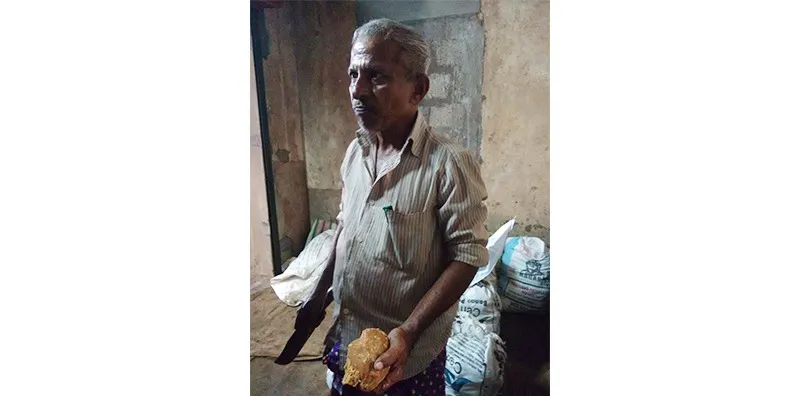
Figure 6 Jaggery Seller at the Kottapuram Market
A Slice of living history at the Kottapuram Market
Let’s go now from the ancient to the modern, from matters of the soul to the matters of the day-to-day living. I am of the firm belief that to truly live the local life, one should go shopping for groceries. I was quite over the moon when the local friends who kindly hosted me for the night, took me along for their weekly shopping, the next morning. If you have visions of an average departmental store with neatly labelled shelves, packaged produce, and uniformed service personnel at hand to help, think twice! The Kottapuram market has been around for thousands of years and has been recently given a face-lift under the Muziris Heritage project. Imagine tiny lanes that merge into each other, and the roadsides piled high with fresh produce – gigantic heaps of bananas, trucks laden with pineapples, pop-up stalls dedicated to lemon, masses of fresh fish, jackfruits battling it out with giant yams, and plastic crates filled with colourful chillies hiding under masses of curry leaves and coriander. The tradespeople trundle wheelbarrows, or carry produce on their heads in baskets, or on their backs in heavy gunny bags. There is a tremendous din of greetings exchanged, of bargains being conducted, of deals being struck. A merchant takes a sharp knife and shaves off pieces from enormous hunks of jaggery, for you to try, very similar to the finest traditions of cheese tasting. The sweet notes of the jaggery mingle with the sharp scents of spices carrying more than just a whiff of the ancient Muziris.
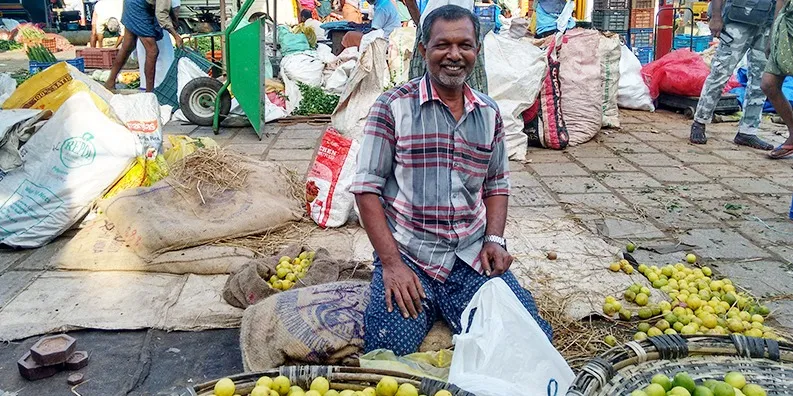
Figure 7 Morning at the Kottapuram Market
I highly recommend a visit to the Kottapuram market, even if you are in no urgent need of buying a dozen coconuts. Plan for an early day, and come armed with curiosity and a camera. This is truly travel at its best.
The Moods of the River Periyar
All through my travels, I found that the River Periyar was my constant companion. Known to be the state’s lifeline, it is the longest river in Kerala. I would lose sight of it for a few miles but sooner than later, I would find myself travelling along its banks, or taking a boat to the town across it, or catching a glimpse of it twinkling on the horizon.
Amid rushing from one place of worship to another, from one museum to another, I had the fortune of spending a quiet afternoon by the river bank. I watched the river change moods as the Sun made a valiant effort to shine through the Monsoon clouds darkening the waters. The local rowing team was practicing for the annual snake-boat race, their rhythmic cheering punctuated by the distant chug of a ferry’s engine.
I felt a sense of peace stealing over me, similar to what I had experienced, earlier in the day, when kneeling in the cool interiors of the ladies’ prayer room of the Cheraman Perumal mosque. Time glittered and slowed down, as it had in the pews of the Holy Cross church. I felt part of that one moment in history, linked inextricably to the past and to the future. The River Periyar gave rise to the Muziris and its flooding reversed the port’s fortunes.
I expected on my quest, perhaps to see monuments or archaeological excavations from ancient times; I found, instead, the heart of divinity, the spirit of Muziris. In the words of Norman Maclean, “Eventually, all things merge into one, and a river runs through it.”

Figure 8 From a ferry on River Periyar
Getting There
It is likely that you will be based in Kochi and travelling to Kodungallur for day trips. The sites listed above, though in the same region, are not always linked by easily accessible public transport. You can choose your mode of transport depending on your budget and preferences
● By taxi: The easiest (and most expensive) option is to hire a cab-driver to visit the various places. If you are staying in Fort Kochi, you can hire cabs from close to the ferry terminal
● By ferry: The Muziris Heritage conducts hop-on hop-off boat tours. Very similar to the hop-on hop-off bus tours, except you will be on a boat. The tours start at the Kodungallur Jetty and the Paravur Visitor's Centre (Jetty). More details can be found here.
● By bus and auto-rickshaws: Not the easiest option, but the most cost-effective one. Catch a bus headed to Kodungallur. I was based in Fort Kochi, from where I took the ferry to the Ernakulam Ferry terminal from which public buses depart. The Cheruman Perumal mosque was my first stop and from there I hopped onto buses or auto-rickshaws. When I needed directions, I would ask the locals for help. I did not speak the local language, but a broad smile and some sign language can go a long way.
Useful References
http://www.livemint.com/Leisure/Qh1ZNDaPCYKkB1JK9FNxHJ/Musing-on-Muziris.html
https://www.muzirisheritage.org/muziris-project.php
https://www.outlookindia.com/outlooktraveller/ot-getaway-guides/kodungallur_gateway_to_india/
This is an article from the Aao hostel travel fellowship series


![[Travel Series] Finding the lost port of Muziris](https://images.yourstory.com/production/document_image/mystoryimage/4r8t4jyr-kodangalur-8.jpg?mode=crop&crop=faces&ar=2%3A1&format=auto&w=1920&q=75)

![Top 10 Cheap Indian Press Release Distribution Services [Updated]](https://images.yourstory.com/cs/1/b3c72b9bab5e11e88691f70342131e20/LOGO-DESIGN-PR-INDIA-WIRE-03-1595693999405.png?mode=crop&crop=faces&ar=1%3A1&format=auto&w=1920&q=75)
![Get more Views on YouTube for FREE [Complete Guide]](https://images.yourstory.com/cs/1/c0899f40-0509-11e9-9820-1f4fb7912c4d/Get_more_Views_on_Youtube_complete_guide1561245757751.jpg?mode=crop&crop=faces&ar=1%3A1&format=auto&w=1920&q=75)

